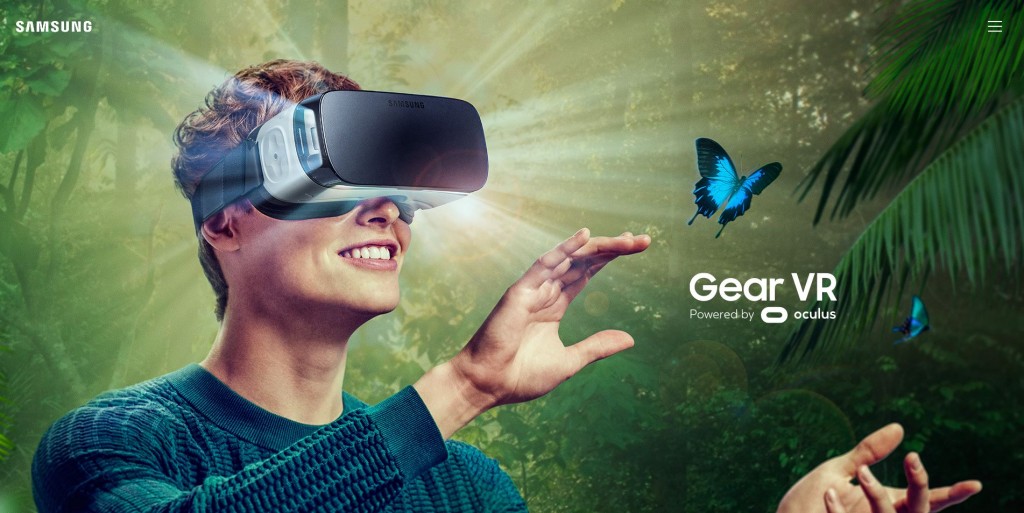With the surging popularity of every manner of tech device—on our wrists, strapped to our heads etc.—it makes sense that, finally, designers would begin to look past the frivolous and fun aspects of their gear and towards truly worthwhile applications.
Imagine this scenario: instead of staring at a wall map of foreign lands, students can don some hi-tech headgear and be transported to those places in a 360-degree virtual world of images. History can truly come alive with video clips and interactive timelines. Or teachers can turn learning into playtime with games for math and science that educate as they entertain.
Samsung and Google has proven they’re on the cutting edge of the new possibilities of the technology in educational arenas with such gadgets as Gear VR and Cardboard. Featuring a wide field of view and highly intuitive head tracking, both connect to their respective devices and operating systems and, because they’re comfortable and light, are perfect in a classroom setting of antsy kids.
The possibilities are truly limitless and go far beyond teaching foreign languages or geography in EL-HI environments: medical students could learn a new surgical procedure in virtual reality; those learning a trade can train on dangerous equipment without the danger; artists can learn new techniques in every medium; beginning code writers can see the practical expressions of their work before it goes live; the list goes on and on.
The VR industry is predicted to grow by $150 billion, and as such companies are already building on-line curriculums and rolling out programs to help teachers leverage the technology effectively. Online resource EdSurge has even compiled a five-point list for educators to help understand and begin merging VR into their lectures and lab exercises as well as how to create their own custom-made videos as supplements to their normal teaching routines.
And as Casey Sapp, founder of VRTÜL Education notes, it’s likely that it won’t be long before all students have a personal VR pocket device that can connect them to learning opportunities. But, Sapp cautions, “VR will never be the end-all be-all solution to fostering creativity, autonomy, grit and executive function skills, and that is why we need teachers to play an integral role in VR education and developing best practices.”



